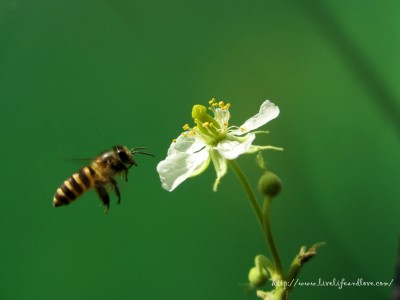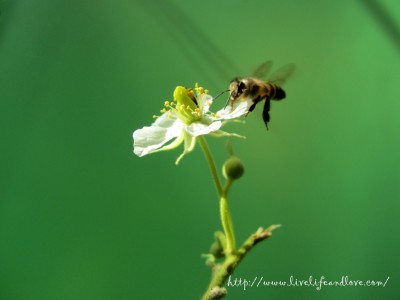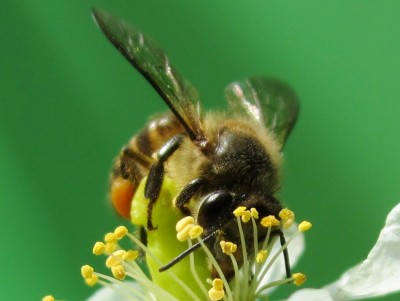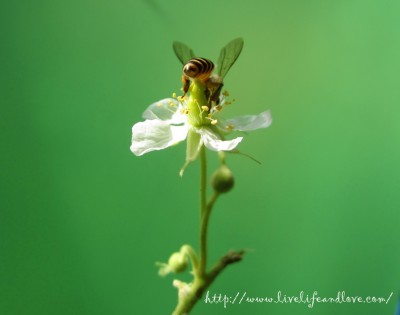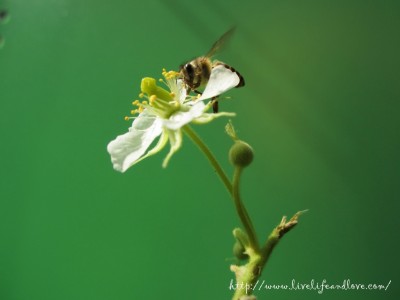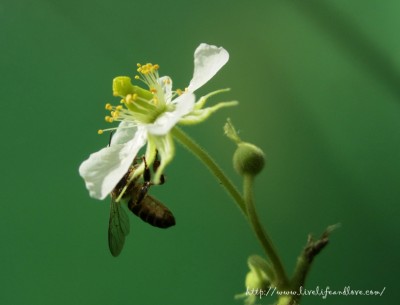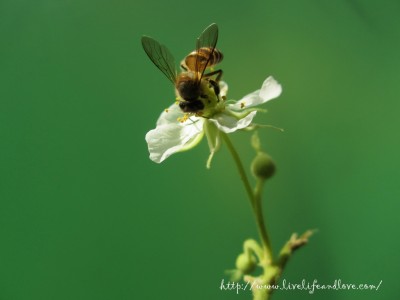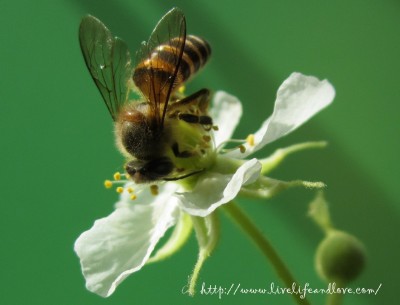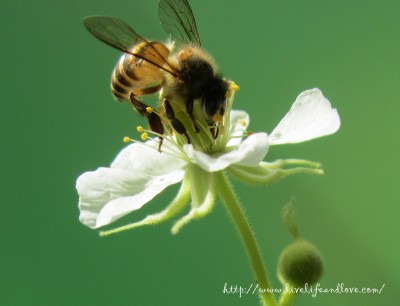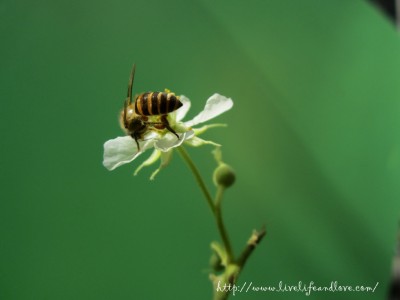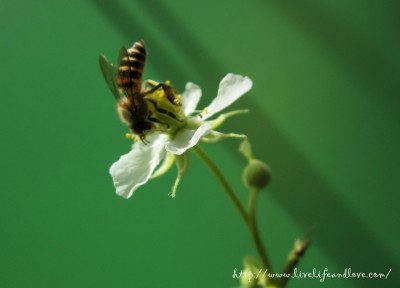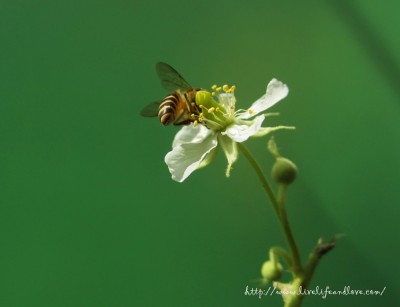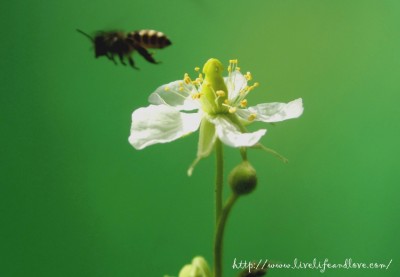This is the continuation of the first 3 posts I’ve posted earlier,it’s all about bees as an ”agent of pollination.’‘ Although it’s similar with the previous one, Oh well, actually, I’m curious on how they pollinate and how fast they move.I’ve photographed entirely the complete and exact movement, as well as body parts. What I have here is the step-by-step and continous movement of bees upon pollination. Let’s get started!
(Click on images to view larger)
The first step, A honey bee approaching the white flower.
It’s just a curiosity, I want to know time consumed upon pollinating.
The right foreleg landed first before the middle and the hind legs. Without using ant tripod to shoot. I’ve moved my camera quietly and slowly.I don’t want to distract the bees movement.
The honeybee is now on top.
The honeybee close-up. You can clearly view here the 2 forelegs is now closely attached holding the anther of a flower. The clear view of the bee’s body parts; antennae,compound eyes is shiny black, head is triangular in shape,proboscis, foreleg and middle leg, ocelli and the black thorax.
This is the back view.
The 2 forelegs bringing the anther closely to its jaw. The bee has 2 antennaes, you can simply see it here. Body parts covered with hair.
The balancing act while sipping the nectar. This is how a bee maintain the right balance on the air. This is just based upon my observation and the photo itself will show you what I’m describing.
It really shows here, the foreleg and the middle leg each holding the anther.The hindlegs maintain to keep the balance.
A bit closer to get a full and clear view.The abdomen have curled a little bit.
The proboscis is very clear in the picture. The bee is now very busy sipping the nectar of this flower.It took only a second for a bee to pollinate a small flower.
It’s now the turn of the hindlegs to get the anthers.
Pushing even more deeper downward. but, where’s the stinger?
I’m swinging my camera to the left and to the right to get a sharp focus.
This is the final part of pollination.After sipping the nectar of this flower, the bee flew to another flower. It’s really a busy bee! I have learned a lot from these bees. I have exerted more effort focusing downward,upward, bending, and twisting. It’s really tough to photograph a flying insect, it keeps on changing directions every time.Never mind about the noisy buzz and the sting, I’m doing my part to cover a very interesting subject of science.

